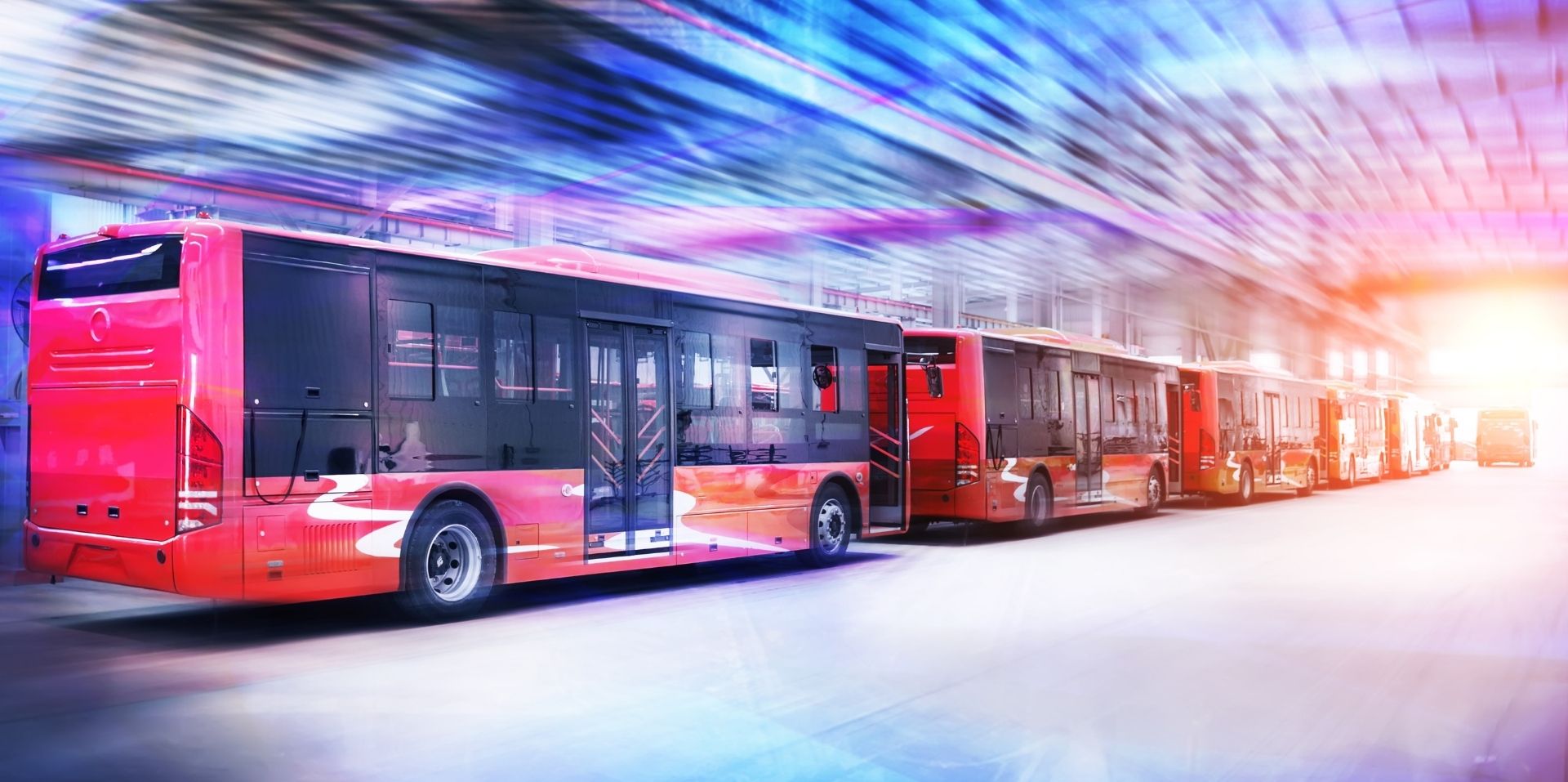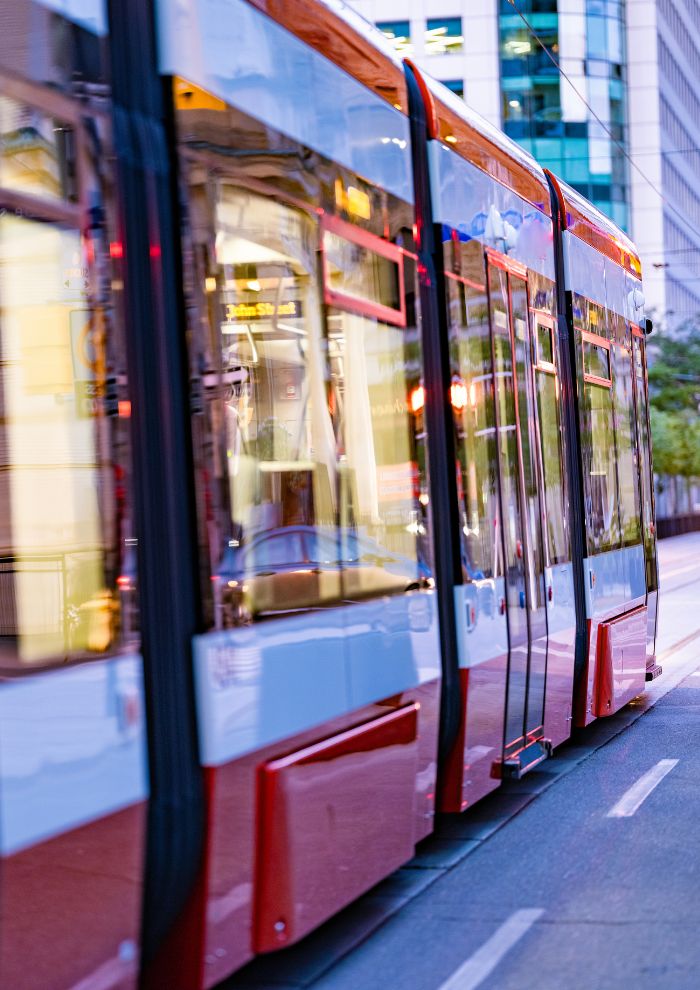How Inflation Is Impacting Public Transit
Public transit systems are still recovering from Covid-19 and they’re already facing another historical challenge.
Ridership still hasn’t recovered to pre-pandemic levels, and now that inflation is hitting record highs and it’s already had a major impact on public transit systems.
Vehicle operating costs have increased, gas prices have soared and there is still a massive driver shortage.
The rapid increase in costs has already forced agencies to increase fares and reduce service schedules to weather the storm.
Public transportation is a fundamental necessity for many, and inflation is putting an increased pressure on an already taxed system.
High Fuel Prices
By now everyone has felt the pain at the pump.
Gas prices rose to $5 a gallon in June, and while prices have been steadily falling back to earth ever since they are still an average of $1.485 higher than just a year ago.

However, diesel is the primary fuel in the transportation industry and its price is still climbing.
At the moment, diesel costs 75% more than it did at the same time last year.
There are a lot of factors contributing to diesel prices spiking but the main driver is that there is a global diesel shortage.
The outlook isn’t promising either, with demand set to rise in the winter months and U.S. stockpiles already at a 20-year low.
Many transit systems have begun the transition to electric vehicles, but it will be years before the majority of fleets become fully converted to electric.
Are there any solutions?
Until transit fully converts to alternative energy, one of the main ways to save on fuel costs is to increase efficiency.
A recent study found that transit buses idle for an average of 3.7 hours per day.
For the 9 hours a typical bus is in operation every day, that means nearly half that time is spent idling.
Transit buses consume nearly a gallon of fuel an hour while they’re idling.
Compound that over an entire year with an entire fleet and every minute of reduced idling can create a significant savings.

How to reduce idling
One of the longest idling spots for transit buses is the time spent collecting fares at each stop.
It works out to over a quarter of a buses travel time, and that’s largely due to the fact that each individual fare needs to be either collected or checked.
Compounding the bottleneck is the fact that passengers can only enter by a single door.
Converting to off-board fare collection and all door boarding can drastically cut down the time spent at each stop.
Idling in traffic is something every commuter is familiar with, and many cities have protected transit lanes to allow buses to move through traffic as quickly as possible.
But, transit lane violations are common and limit the efficiency of these dedicated lanes.
Protecting transit lanes with systems that capture violations and create citations, such as Gatekeeper’s Automated Lane Enforcement, helps reduce lane infractions and cut down on idling time.

Bus Driver Shortages
The bus driver shortage has been devastating for school bus transportation since the pandemic began, and now it’s putting transit systems into crisis.
In a recent survey of 117 transit agencies, 71% reported that they have either had to elimate service or defer service increases because of the bus driver shortage.
For school districts, over half of all districts all reported they have a “severe” or “desperate” shortage of bus drivers.
Services have been cut back, and school districts have had to juggle school start times just to keep operating.
There are a few reasons behind this sudden shortage of drivers, but the biggest are the pandemic, and now, inflation.
Bus driver positions have historically been held by older workers, with school bus drivers being on average 57 years old and transit bus drivers 53 years old.
That’s around 10 years older than the national average, and the outbreak of Covid-19 caused many drivers to retire and stay retired even after the lockdown was lifted.
Replacing the sudden loss of so many operators has been difficult as wages have largely stagnated, and in the wake of record inflation and a labor shortage it’s become even harder to attract new drivers.
The lingering threat of the pandemic, coupled with higher pay in other driving jobs, has caused potential drivers to choose jobs in the private sector instead.

Doing more with less
As with saving on fuel prices, finding ways to make transit systems more effecient can help bridge the gap until more drivers are hired.
Leveraging data is at the forefront of creating smart cities, and a fleet that uses telematics systems has access to the information necessary for optimizing transit systems.
Telematics track vehicle location, as well as a variety of other vehicle-specific data such as speed, idling time, harsh braking, fuel consumption and more.
Until enough drivers are hired, operators are going to have to find and eliminate any inefficiencies and using data from telematics is essential.
And while cutting any services is not ideal, using systems such as Gatekeeper’s Passenger Counter can make it possible to find solutions that can still serve the most amount of riders.
Looking Ahead
The need for public transportation is as strong as ever.
With the cost of living rising, more people are returning to public transit to save money.
Public transportation still brings millions of people where they need to go, and that won’t change anytime soon.
The future of public transportation now lies in using new technologies to optimize fleets and create smart cities.





